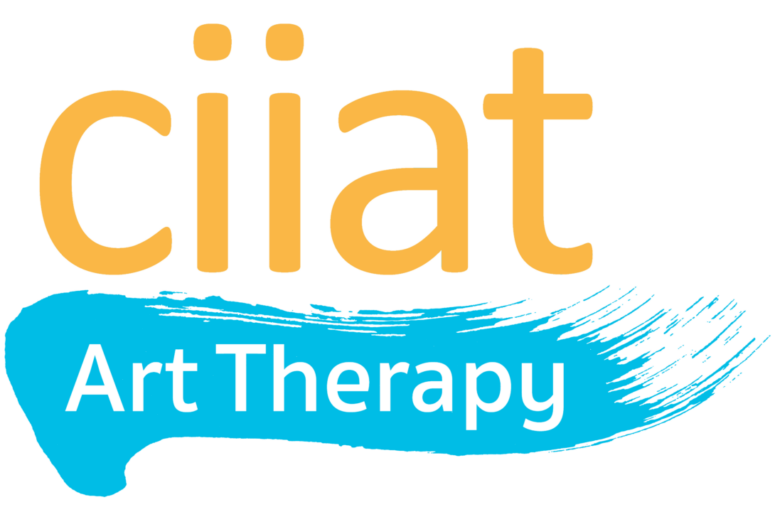

Policy #4: Respectful and Fair Treatment of Students
4.1 Purpose
The Canadian International Institute of Art Therapy is committed to ensuring that its learning environment promotes the respectful and fair treatment of all students.
While on CiiAT – The Canadian International Institute of Art Therapy premises or in the course of activities or events hosted by CiiAT the following activities are prohibited:
Verbal Abuse:
- Insulting, mocking, or belittling comments.
- Name-calling, slurs, or derogatory remarks.
- Yelling, shouting, or using aggressive language.
Physical Abuse:
- Hitting, pushing, or other forms of physical assault.
- Intimidating gestures, such as making threatening movements or blocking someone’s path.
- Unwanted physical contact, such as grabbing or touching in an aggressive manner.
Cyberbullying:
- Sending threatening or abusive messages via email, social media, or messaging apps.
- Spreading rumors, lies, or harmful information online.
- Creating fake profiles or using digital platforms to impersonate or harass someone.
- Doxing, or sharing someone’s private information without their consent.
Social Exclusion:
- Deliberately excluding someone from group activities, discussions, or social events.
- Encouraging others to isolate or ignore a specific individual.
- Ostracizing someone within a classroom or group setting.
Psychological Harassment:
- Engaging in behavior that causes emotional distress, such as manipulation, gaslighting, or spreading false information.
- Undermining someone’s confidence or self-esteem by persistent criticism or public humiliation.
- Engaging in behaviors intended to intimidate or coerce someone into actions against their will.
Sexual Harassment:
- Making inappropriate or unwelcome sexual advances, comments, or jokes.
- Sharing sexually explicit materials or content without consent.
- Sending unwanted sexually suggestive messages or images.
Discriminatory Harassment:
- Harassing someone based on their race, ethnicity, gender, sexual orientation, religion, disability, or other protected characteristics.
- Making derogatory jokes, comments, or slurs related to someone’s identity or background.
- Creating a hostile environment by displaying offensive symbols, posters, or images.
Mobbing:
- Coordinated or collective bullying where a group targets an individual for harassment.
- Encouraging others to join in on bullying or harassing someone, creating a group dynamic that isolates or harms the victim.
Gossiping and Spreading Rumors:
- Sharing false or damaging information about someone’s personal life, academic performance, or character.
- Engaging in backstabbing or spreading malicious gossip intended to damage someone’s reputation.
Threats and Intimidation:
- Making threats of violence, harm, or retaliation.
- Intimidating someone into staying silent or not reporting harassment or bullying.
- Implying consequences for non-compliance with demands or expectations.
Public Humiliation:
- Mocking or embarrassing someone in front of others, whether in person or online.
- Sharing private or embarrassing information about someone publicly without their consent.
- Making jokes or comments that single someone out for ridicule.
Sabotage:
- Deliberately interfering with someone’s work, assignments, or personal belongings.
- Manipulating or damaging someone’s materials, projects, or academic work to cause them to fail or be penalized.
Stalking:
- Persistently following or monitoring someone in a way that makes them feel unsafe or uncomfortable.
- Sending repeated, unwanted communications or making uninvited appearances in places where the individual frequents.
Retaliation:
- Retaliating against someone who has reported bullying, harassment, or any other policy violations.
- Penalizing someone for participating in an investigation or for speaking out against inappropriate behavior.
Microaggressions:
- Subtle, often unintentional, actions or comments that convey a negative or derogatory message about someone’s identity or background.
- Frequent, small acts of exclusion or dismissal that cumulatively contribute to a hostile environment.
4.2 Procedure for Reporting
If under any circumstances, a prohibited activity occurs, the following outlines the process for addressing the activity:
4.2.1. Reporting a Complaint
- Who Can Report: Any student, faculty, or staff who experiences or witnesses bullying or harassment.
- How to Report: Submit a complaint in writing or verbally to the Managing Director of Academic Services or the Program Advisory Committee.
4.2.2. Initial Assessment
- Acknowledgment: The complaint is acknowledged promptly.
- Preliminary Review: A quick assessment determines if the complaint falls under the Respectful and Fair Treatment of Students Policy.
- Interim Measures: If needed, steps are taken to protect the complainant..
4.2.3. Investigation
- Assigning Investigators: A neutral investigator may be assigned in some circumstances.
- Interviews: The complainant, accused, and witnesses may be interviewed. All parties are able to provide evidence.
- Confidentiality: The investigation is kept as confidential as possible.
4.2.4. Resolution and Outcome
- Investigation Report: A report is compiled with findings and recommendations.
- Decision: The Institution determines the outcome, such as disciplinary action or mediation.
- Appeal: Both parties can appeal the decision within 5 business days.
4.2.5. Support and Follow-Up
- Support Services: Academic support is offered to both parties.
- Monitoring: The situation is monitored to prevent further incidents or retaliation.
4.2.6. Record Keeping
- Documentation: All records are securely stored and kept confidential.
Studying with CiiAT is more than just an education,
it’s a personal journey within a supportive community.
Whether it’s through our small, intimate classes, or through our friendly administrative and technical support team, we strive to provide personalized help and attention.